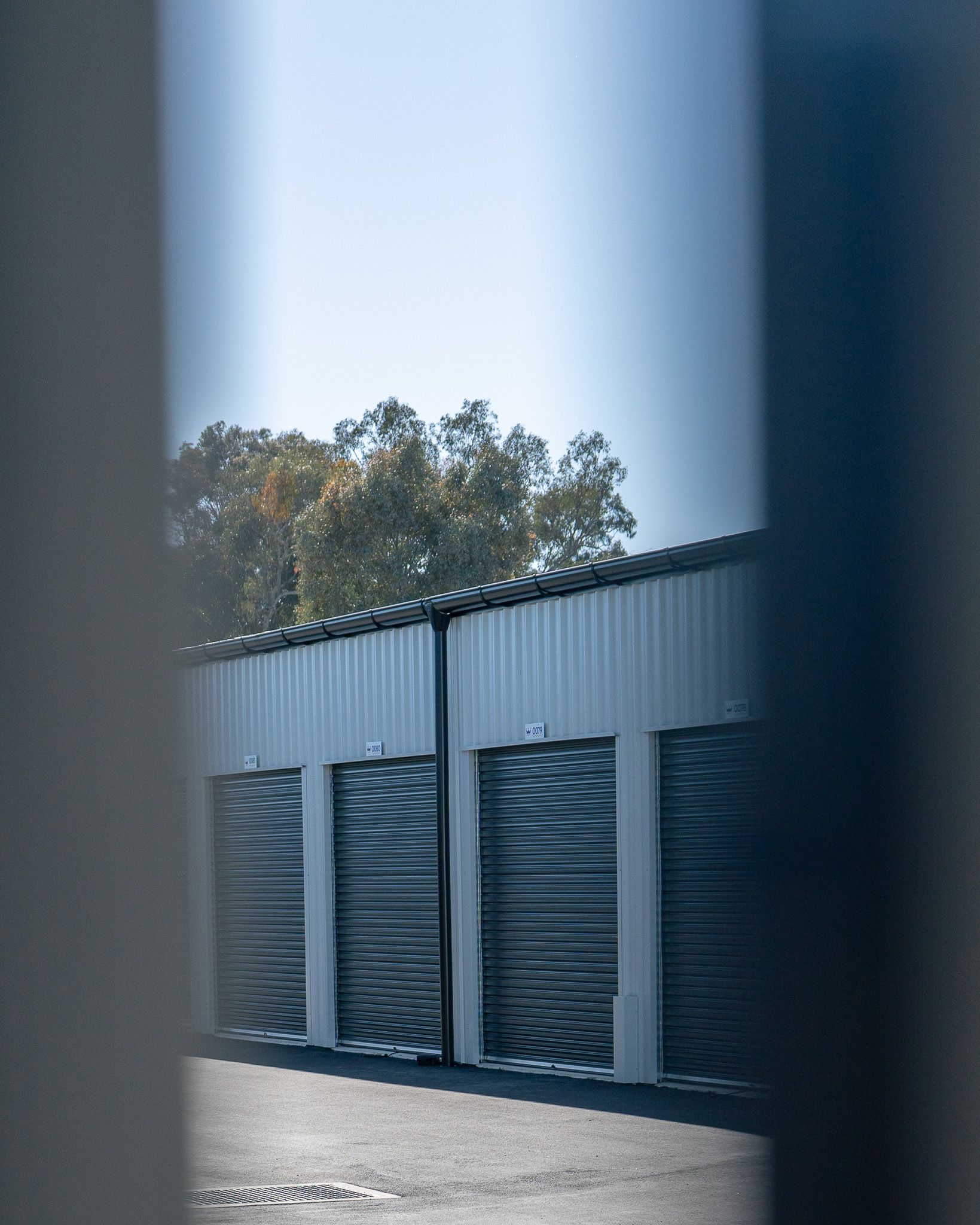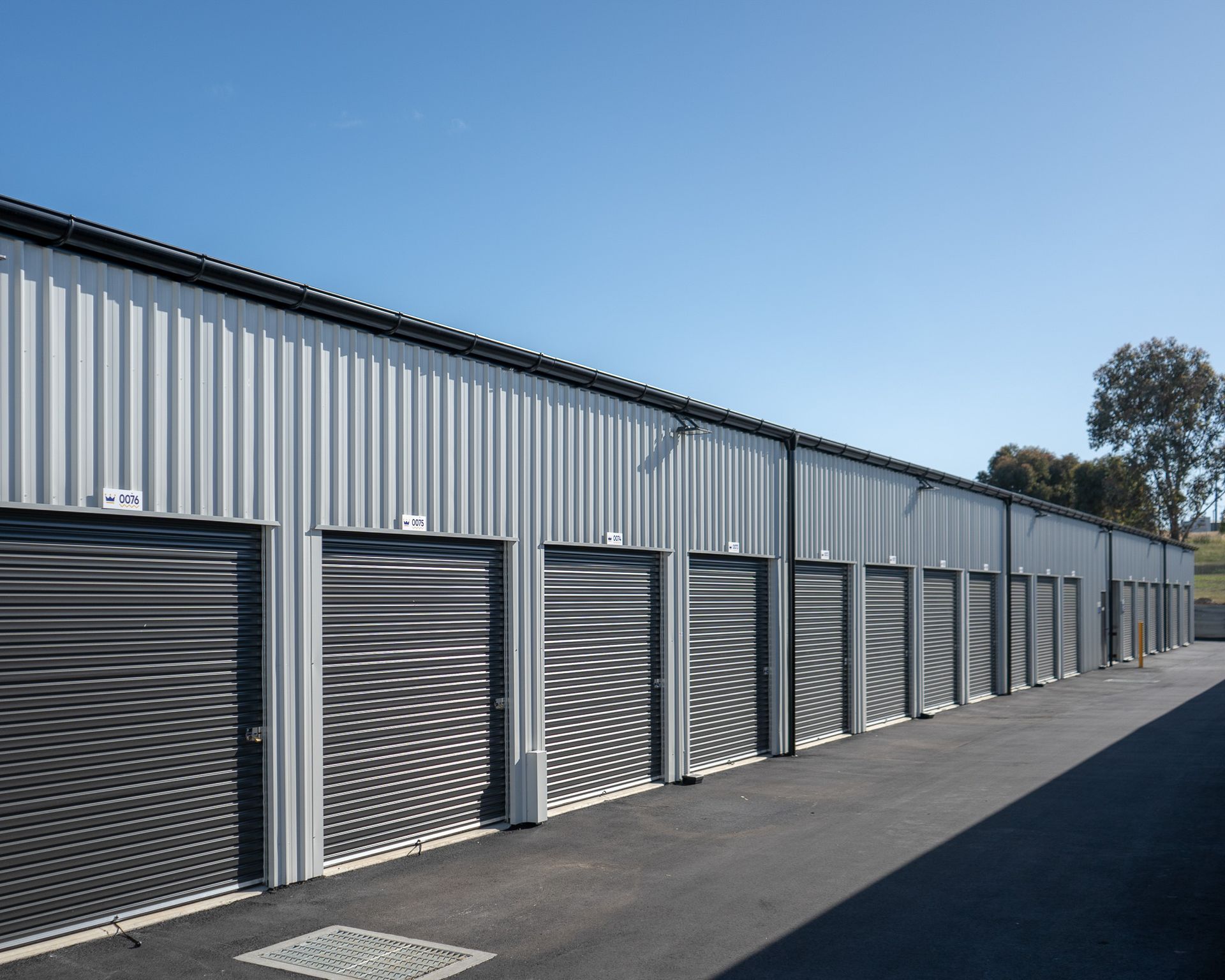Investing in Self-Storage Buildings: A Profitable Venture
What You Need to Know About Self-Storage Construction in Australia
For investors looking to enter the thriving self-storage market, there are two primary options: purchase an existing self-storage facility or design and construct a new industrial building tailored to this purpose.
Our Pre-Construction Manager, Shane Barker, shares why building a custom self-storage facility can be an excellent investment and why collaborating with experienced industrial steel builders is essential for success.
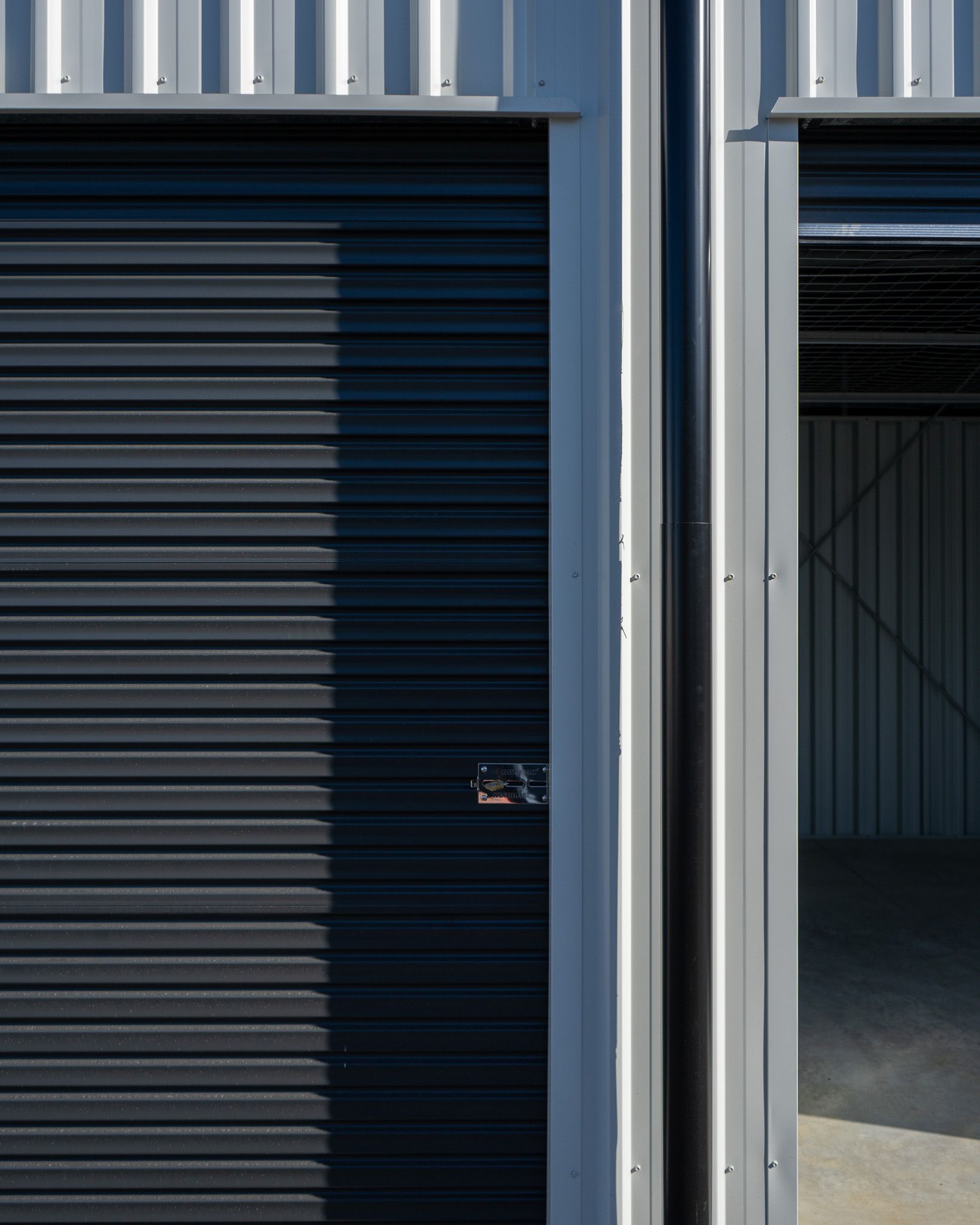
Why Self-Storage Units Are a Good Investment in Australia
The Self Storage Association of Australasia highlights that lifestyle changes, reduced living spaces, and severe weather events are fuelling record demand for self-storage facilities. Businesses are also increasingly relying on these solutions, driven by the growth of eCommerce and supply chain disruptions.
According to a 2022 industry report, the average occupancy rate of self-storage facilities in Australia is 91%, with supply volumes set to rise across Australia and New Zealand. Key factors driving this growth include:
- eCommerce expansion: Businesses need flexible spaces to store inventory.
- Post-pandemic work trends: Remote work and downsizing have increased storage needs.
- Urbanisation: Rapid development in urban areas is creating new storage opportunities.
Despite challenges such as rising real estate prices and limited suitable locations, the overall outlook for self-storage investments remains positive, supported by the Asia-Pacific region’s resilient economic growth.
The Cost of Building a Self-Storage Facility
The returns on industrial shed investments vary depending on location, design, and target market. Shane Barker provides some ballpark figures to illustrate the potential profitability of a warehouse project focused on self-storage:
Example 1: Small Storage Unit ROI
“If it costs $600 per m² to build a unit, a 9m² unit would cost $5,400. Renting it out at $75 per month could yield nearly 15% ROI annually,” explains Shane.
“At this rate, you’d recover your investment in about six years.”
Example 2: Tradie Storage Complex
“Take a 13-unit tradie storage facility in Albury,” Shane continues.
- Total project cost, including land: $1,700,000
- Units: 2 x 102m², 5 x 90m², 6 x 80m²
- Annual rental income: $262,072
- ROI: 15%
“For investors, this is a no-brainer,” Shane adds.
“As an example, if it costs $600 per m2 to build a unit, and you had a 9m2 unit. That’s $5400 to build. If you received $75 per month for that unit, you could be seeing almost 15% ROI per annum. At that rate, you’ll recoup the cost of your investment in around 6 years.”
- Shane Barker
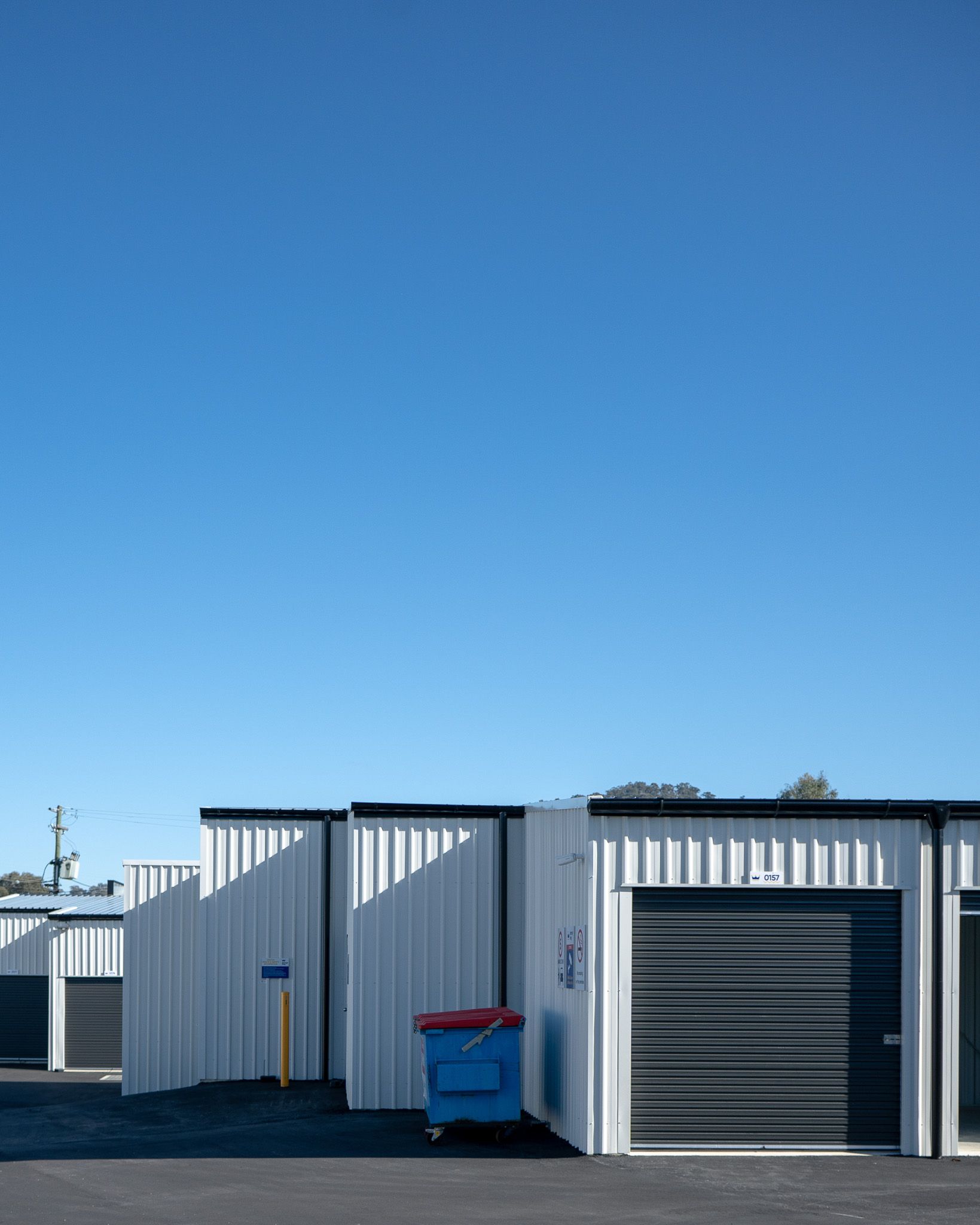
Designing the Perfect Self-Storage Facility
Building a custom-designed industrial building for self-storage offers the flexibility to meet local demand. Here’s what to consider:
- Unit Sizes: Smaller units are ideal for residential customers, while larger units, often used as commercial or tradie storage, require accessible layouts and high clearance.
- Accessibility: Ensure room for larger vehicles and trucks to access the units.
- Security: Include lockable roller doors, ventilation, and rainwater management systems.
- Aesthetics: Modern facilities balance industrial durability with commercial appeal to attract customers.
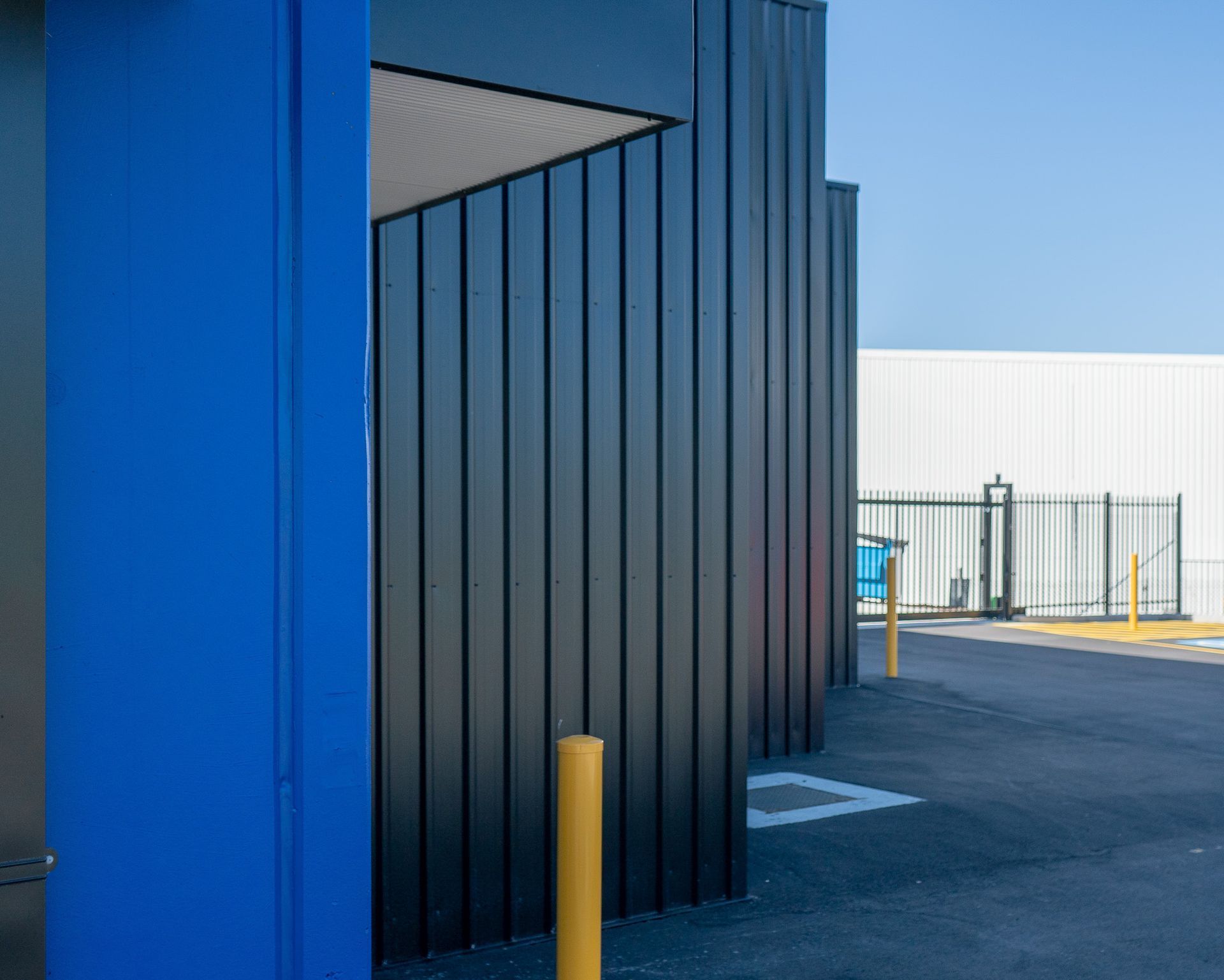
Calculating Returns: Residential vs. Commercial Storage
Residential Storage Example
- Facility: 275 units
- Construction cost (including land): $4.5M
- Occupancy rate: 86% (industry standard for full capacity)
- Monthly gross income: $82,775
- Annual running costs: ~40%
- Net annual income: $595,980
Commercial Storage Example
Aaron provides another scenario:
- Main floor: 2484m²
- Mezzanine: 594m²
- Total floor area: 3087m²
- Rental income per m²: $150
- Annual rental income: $461,700
“While initial construction is capital-intensive, the long-term returns are worth it,” says Aaron.
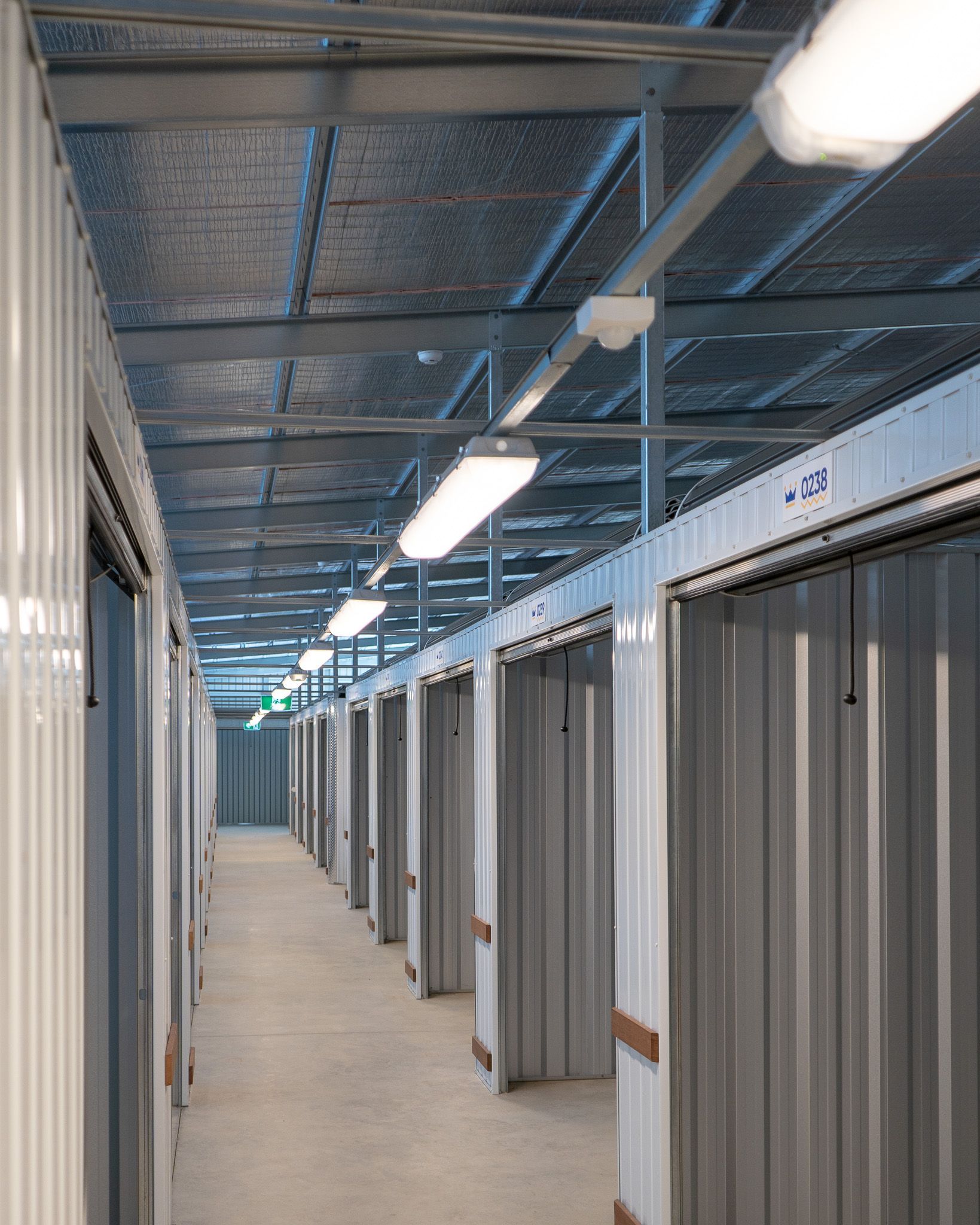
“With a residential-type self-storage facility, the upkeep is a little more intensive but the returns are better.”
- Aaron McDonald, AKM Self Storage
Why Partner with Steelcorp?
Steelcorp’s industrial steel builders bring unmatched expertise in designing and constructing self-storage facilities. From industrial sheds to commercial steel solutions, we understand the unique requirements of every warehouse project. Our team provides comprehensive steel construction services tailored to your needs.
If you’re ready to explore the potential of a custom self-storage investment, Steelcorp’s commercial steel supplier services are here to guide you every step of the way.
Contact us today.
As always, this information is provided as a guide only and we strongly recommend you get professional financial, legal and construction advice before deciding if commercial storage is a good investment for you.
